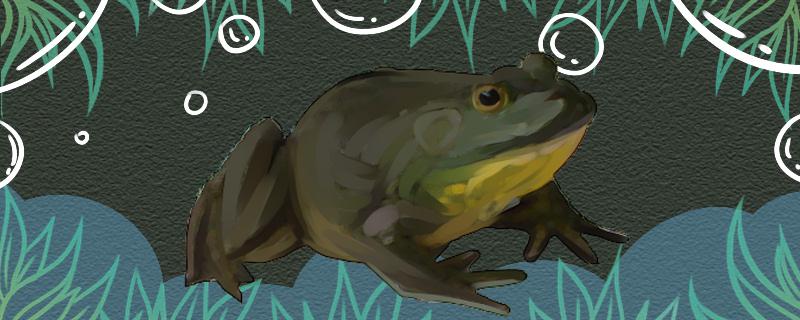
Bullfrogs are one of the common animals in China and belong to amphibians. As amphibians, many of their characteristics are in line with the overall characteristics of amphibians. For example, from the point of view of body temperature characteristics, bullfrogs are also poikilothermic animals like most amphibians. When the temperature in the external environment changes, their body temperature will also be affected. Therefore, in winter, bullfrogs will hibernate, which is one of the characteristics of bullfrogs. Bullfrogs that live in the wild mostly hibernate, and they will find a hidden place as their hibernation site before winter comes.
When winter is approaching, bullfrogs will try to eat more food and store more energy in their bodies. When they are dormant, they do not eat and are largely inactive, usually breathing through their skin. When the temperature begins to rise next spring, they will wake up slowly, and when they are fully awake, they will look around for food. However, not all bullfrogs have to hibernate. If bullfrogs are bred artificially, they can also be prevented from hibernating and the temperature can be adjusted to a more appropriate range, so that bullfrogs will not hibernate and can continue to grow if they continue to eat.
? As mentioned above, bullfrogs will hibernate, looking for a place to shelter from the wind and hide. When they are in hibernation, their metabolic activity rate is relatively low, and their consumption is relatively low. Under normal circumstances, bullfrogs will not be frozen to death, and they can survive at about zero degrees. But there is a limit to how long a bullfrog can survive the cold. If the temperature drops to more than ten degrees below zero or even tens of degrees below zero, even bullfrogs in hibernation may be frozen to death. Therefore, if we want to breed bullfrogs artificially, we should try our best to keep them warm in winter.